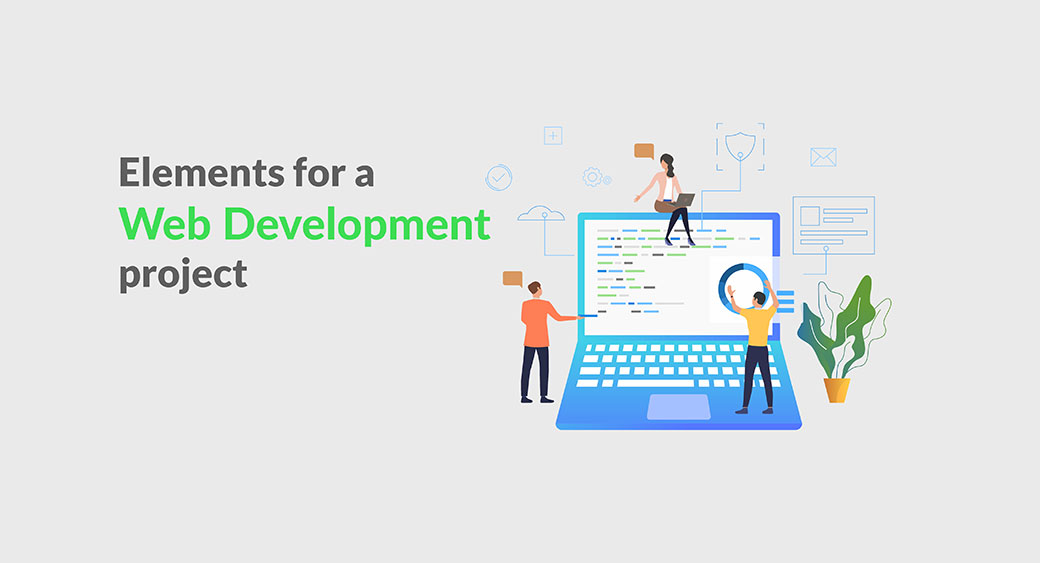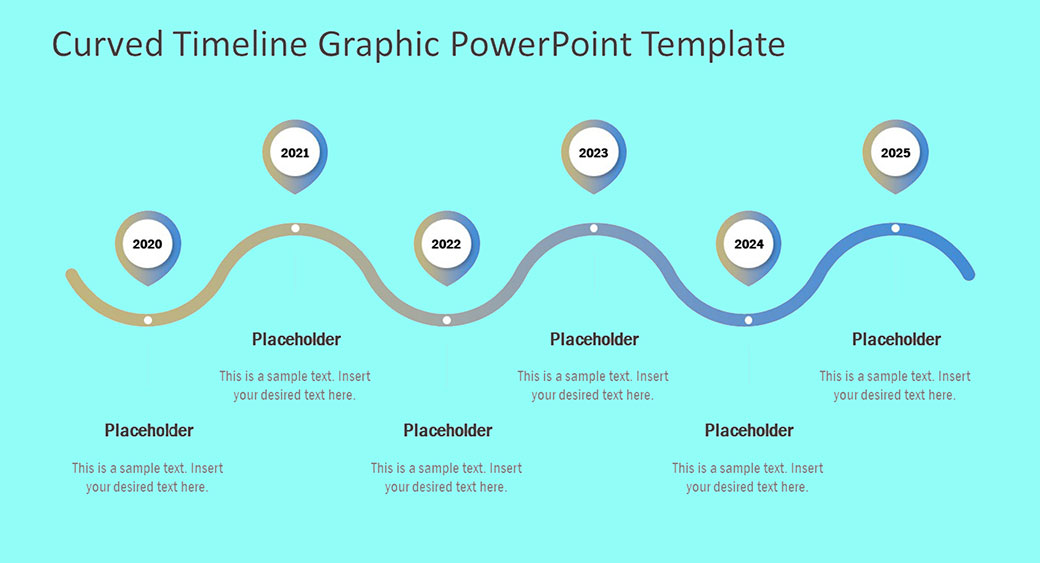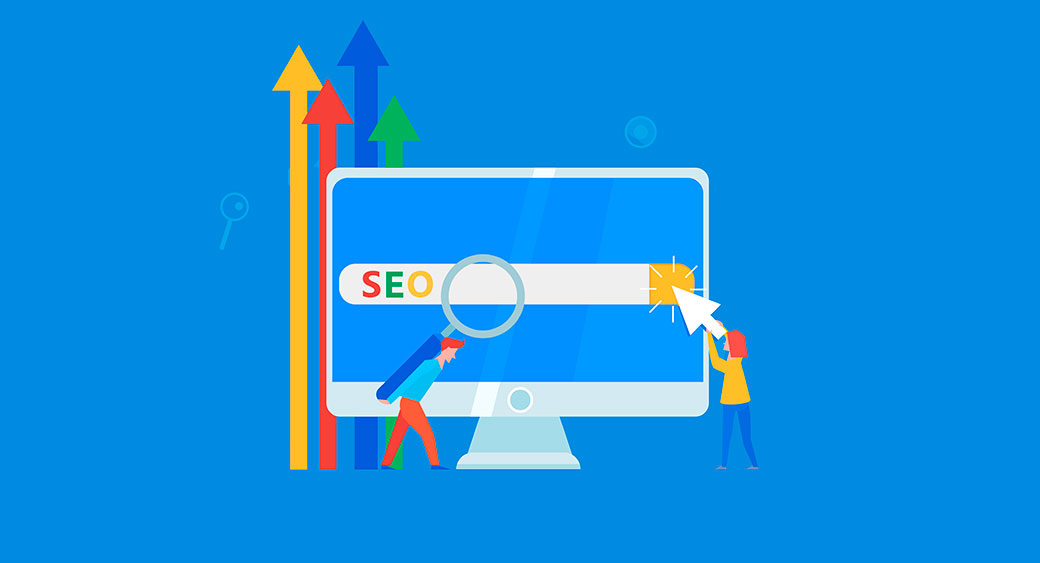How to Create a Custom Web Development Project Plan?
There are over 1.6 billion websites on the Internet. When it comes to making your way up, yours has to be one of the best. One should know that by the time you finish reading this article, a few more thousand websites will be up too. Therefore, it can be said that building an out of the box, complete and effective website is an amalgamation of various behind the scene processes. Technologies such as CSS, HTML, and JavaScript only give the face to a website. The crux of any web development project is made by critical processes such as information assimilation, detailed planning, and post-launch maintenance. An ideal website is that which is perfect for your audience and stands out from the crowd.

Most of the struggling websites on the internet are either outdated or don’t align with the content or purpose of the website. Today, we will talk about how you can create a custom web development project plan. Before starting this process, you should consider setting goals. For creating an effective website, your goal should be clear. Either you’re creating the website for general purposes such as generating interest or you’re creating it for a very specific purpose like increasing the online revenue. Always remember that quality web design is not just limited to programming a website. Let’s move ahead and know about the whole process in detail.
1. Setting Goals For Web Development Project
This is the starting point in any project. The Discovery stage usually involves the gathering of information. The step focuses on getting to understand your client’s industry, product, targeted market, customers, or goal/aim for the website, as a whole. Information gathering plays a critical role when it comes to developing the correct website as per the client’s needs. Questions generally asked are:
- Who are the competitors?
- Who are your ideal customers?
- What defines the business or organization?
- The goal of the website?
- More detail about the concept/service the website is promoting/offering?
When you discover and gather information, it is only then dedicated web development can be done to achieve personal and professional goals. You should be able to determine the purpose of the site! Whether you wish to provide a service, sell a product, or just want to give out information.
2. Setting a Site Timeline
Successful projects across all verticals of the industry have one thing in common, they all have dedicated timelines. A project may never come to its desired end when there is an absence of a timeline. When to start an in-house or outsourcing web development project and in how many days it can be finished, it should be clear. You can consider making use of a PowerPoint timeline template. In case you’re developing the custom web project plan for someone else, you can even pitch the attractive PowerPoint timeline template to your client.

While picking the dates for the project timeline, strategic dates, or days which might serve an added advantage can be considered. Your very own capacity to manage and guide the project should be taken into account as well. There might be a case where you’re consulting with experts from other domains for your project, for this you should keep your timeline flexible for self-explanatory reasons.
3. Knowing the Audience
Whenever approaching any online web development project, it is of utmost importance to know well about your audience. You should ask yourself basic questions such as the site is supposed to serve a specific demographic or a general audience? In other words, not every website is suitable for every kind of visitor. For instance, a website for a coffee shop is very different from that of a financial institution. One should try to discover accessibility concerns from the audience’s side like there is an increased number of people visiting websites on smartphones and very few from older computers. When you know your audience, only then a binding strategy can be made. You can only develop an attractive website when your audience can relate to the design, content, and overall aesthetics.
4. Search Engine Optimization (SEO)
There is a possibility you might be considering Search Engine Optimization (SEO) services. This step involves performing competition & keyword research. This is done to develop a content strategy that can be incorporated deep into different elements of the website for better website rankings and cost-effective results.

In Search Engine Optimization (SEO), rich content is integrated into the domain name, website root architecture, metadata, and more. Individuals and even organizations generally approach the development of their new web project from the functional point of view only. Since not everyone is versed in SEO practices, people are usually more concerned about the looks and experience of the site only. Creating and integrating a dedicated Search Engine Optimization (SEO) strategy can boost the results of your web development project and can boost its performance manifolds in the long run.
5. Website SiteMap
Once you have gathered all the relevant information from the first phase, it’s time to put together all dots and connect them for your website. You can say that this is the point where a site’s map starts to develop. The site map is nothing but a collection of all main topic regions, sub-topic regions of the website. The planning serves as a guide as to what content would be suitable for which region. Therefore, then only it is easy to understand how site navigation can be developed. One should note that the end-user, that is your customer or user should always be kept in mind at the web development project stage. Since they are the ones who will be using the site to gain knowledge, buy products and services, the site should encompass a user interface that is easy to navigate and is user-friendly.
6. Design for Web Development Project
Now is the time to decide the feel and look of the website. One of the moving factors for this point is the target audience. As mentioned above, one size doesn’t fit all. You can keep the website design the same for the audience of different kinds. The design phase emphasizes hugely on the targeted audience. Colour schemes, logos, and all sorts of visual elements are incorporated to strengthen your site’s identity as a whole.

Till this stage of the web development project, there is next to no programming involved. Here designers usually create multiple prototypes for the website in the form of a JPEG image or PowerPoint template. Changes are made to the prototype template/image until the final design of the website is achieved. An in-depth review of the site content should be done. A good website should balance its form and function. Then only a web development project can begin.
7. Develop
Once the design gets finalized, the development starts. The website is then translated to actual code which can make that amazing design in slides, a reality. The actual functional website is created in sync with the graphic elements from the prototype. It is a good practice to first develop a home page and then start with interior pages. Since one has to take care of user-friendliness of the site’s navigation all the time, this practice can help with the same. Once the website page is created, the content can be distributed throughout the website, inside out in appropriate areas. Developing a website is no easy task. If you’re a developer or designer, you can surely do it. But if not, you should consider hiring a professional to accomplish the job for you while you focus on the overall project goal.
8. Testing & Review
The testing stage is one of the most crucial stages of any web development project. In this stage, final touches are done to the website and the site is tested before the deployment. Now, each and every component of the site is tested to make sure that the site will run without any hassle. If there are bugs or glitches, it should be rectified immediately. All the scripts and forums are tested to ensure data integrity is maintained across the pages, databases, devices, and platforms. Also, to meet the latest website standards, website code is checked. This makes sure that the site runs smoothly without giving any trouble to any kind of visitor on the web. Once the testing and review are done, it’s time for the launch.
9. Launch Web Development Project
Post the testing and site review, if everything is in order, the website is ready to be seen by the world. At this point, the website’s official launch should take place. The site is uploaded to a server by making use of an FTP (File Transfer Protocol) software. People can now actually access the website by its official domain name. The final aspect of the whole plan is site maintenance. For long-term health and successful run of any website, it is important to maintain it. Your website needs maintenance and upkeep just like your car. The content update for a web development project should be done timely. The security patches should be installed from time to time and much more.




Leave a Reply